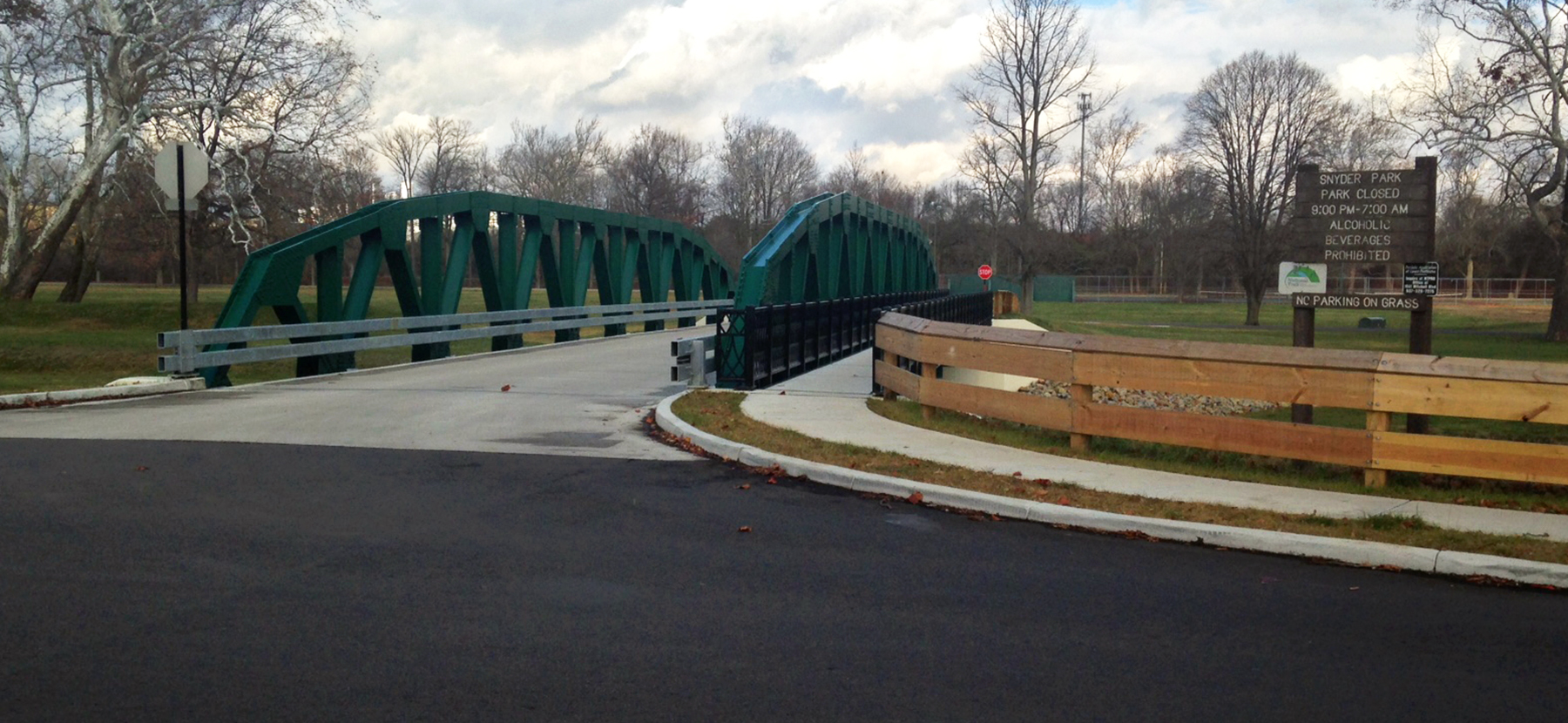Isn’t it great when it seems easy to get from Point A to Point B? We often take our transportation infrastructure for granted. Think about bridges, for instance. Their very existence makes transportation across water, railroads, valleys, and highways quicker, more convenient, and often safer for all users. Bridges connect people in many ways.
Transportation that Connects People and Goods
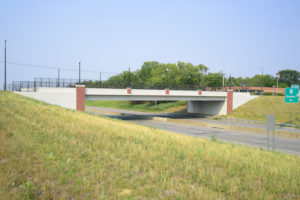
Bridges connect people to parks, schools, employment, services, and much more! They are designed with many needs in mind, including transportation of freight. Because some waterways and roadways transport large loads, there are minimum requirements for the amount of space underneath bridges. The Pershing Avenue bridge in Cleveland, Ohio, for example, was recently raised over 1.5’ to provide additional clearance for trucks and trailers driving on Interstate 77.
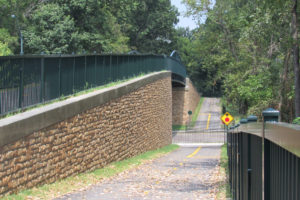
Pedestrians greatly benefit from bridges too. Sidewalks are often part of the design for traditional vehicular bridges, and we are seeing a bigger demand for non-vehicular bridges. As transportation infrastructure becomes more multi-modal, separated shared-use paths are becoming more common. Bridges, like the Ohio to Erie Trail bridge, are often designed to separate shared-use paths from the roadway. The Ohio to Erie Trail bridge is an above-grade crossing, which allows users to safely cross over the street. This gives people the confidence to walk, bike, or roll without the risks associated with motorist interaction.
Because of separated paths and bridges, and the connectivity initiatives of many urban and suburban areas, it is becoming more common to see people riding bicycles for more than just recreation. Non-vehicular bridges make transportation quicker, more convenient, and safer for both the user and motorists.
Ties to Community
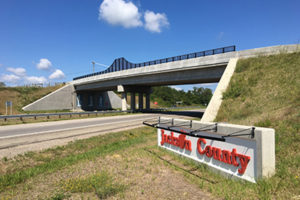
Bridges serve purposes beyond transportation of people and goods. They often signify the entrance to a community or commercial area. Letters, logos, symbols, or signs can welcome the traveling public to the area. Materials, colors, and styles can change the look of a bridge and the community where they reside. Jackson County took the opportunity to show the character and history of their community on the County Road 9 bridge project. They included bas relief images on the bridge abutments, decorative railing and walls, and a sign with the county’s name and a symbol of the area’s industry and tradition.
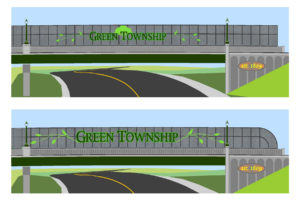
These types of aesthetic enhancements can sometimes be best visualized through graphic representation. They help provide a clear picture of how the enhancements, lighting, and other features will look before the project is built. The North Bend Road bridge team used renderings to make revisions and align their vision before the design was set in stone, saving time and costs associated with the project.
Bridges often communicate more than a community’s style, character, or history. Because many span major roadways, they are often convenient for displaying signs, banners, or seasonal decor. Bridges connect people in a multitude of ways.
Call our team today if we can help connect and enhance your community’s transportation infrastructure!

